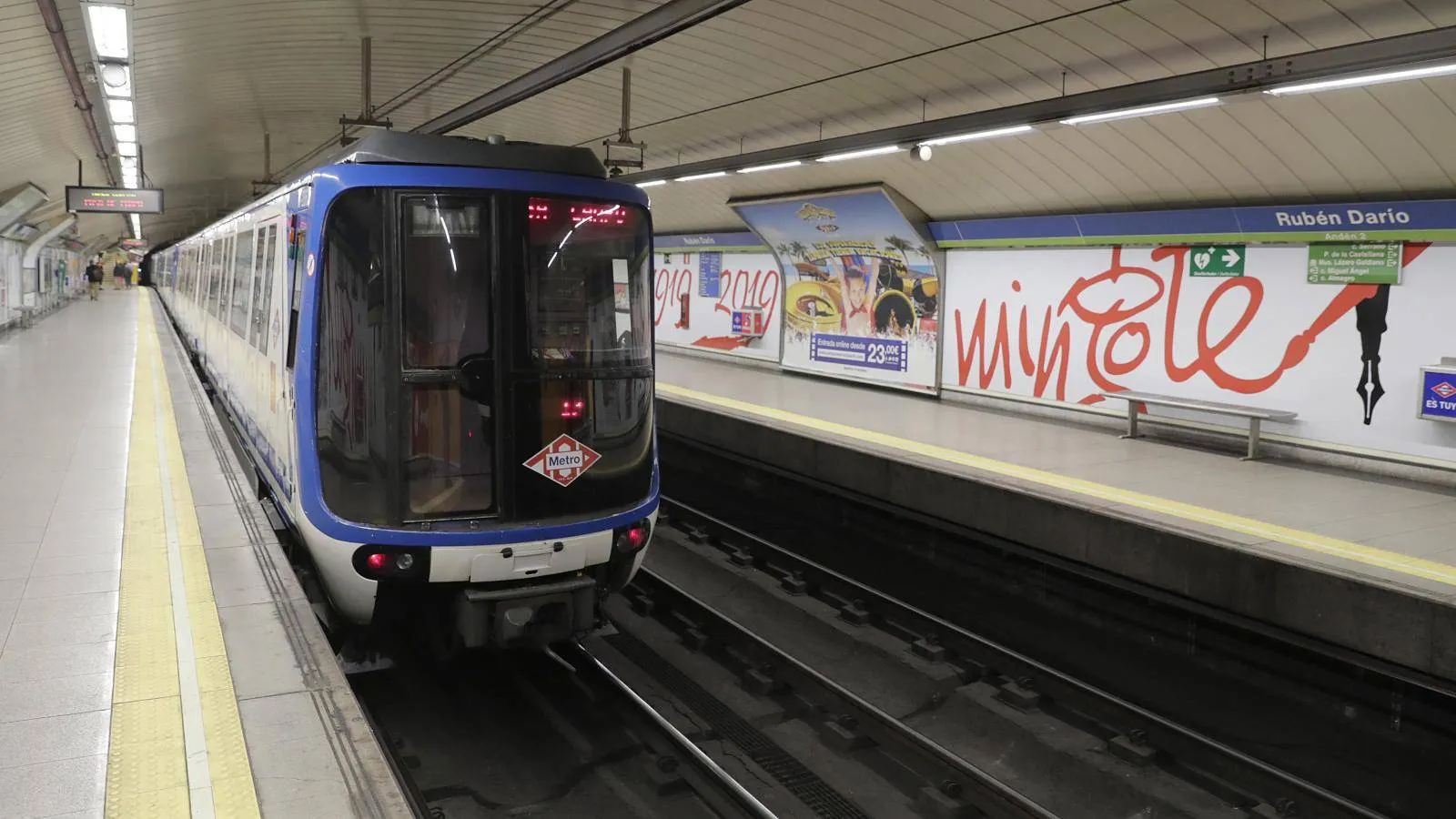The Brazilian Government has announced a US$17.01billion package for new mobility and public transport infrastructure. The huge investment includes the construction of 200km of underground and light tramway lines and more than 600km of new bus lanes. The programme of works, titled 'PAC Mobilidade Urbana Grandes Cidades', is set to benefit people in 51 cities and the metropolitan areas of 18 states.
May 3, 2012
Read time: 1 min
The Brazilian Government has announced a US$17.01billion package for new mobility and public transport infrastructure.
The huge investment includes the construction of 200km of underground and light tramway lines and more than 600km of new bus lanes. The programme of works, titled 'PAC Mobilidade Urbana Grandes Cidades', is set to benefit people in 51 cities and the metropolitan areas of 18 states.
The new infrastructure, which will also create 380 new bus terminal stations and see the purchase of more than 1,000 new trains, will be part funded by the Federal state.
The huge investment includes the construction of 200km of underground and light tramway lines and more than 600km of new bus lanes. The programme of works, titled 'PAC Mobilidade Urbana Grandes Cidades', is set to benefit people in 51 cities and the metropolitan areas of 18 states.
The new infrastructure, which will also create 380 new bus terminal stations and see the purchase of more than 1,000 new trains, will be part funded by the Federal state.








